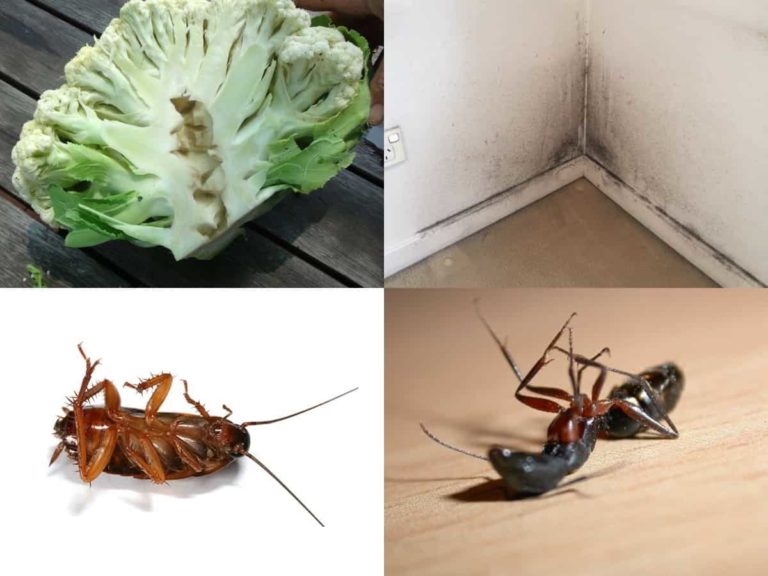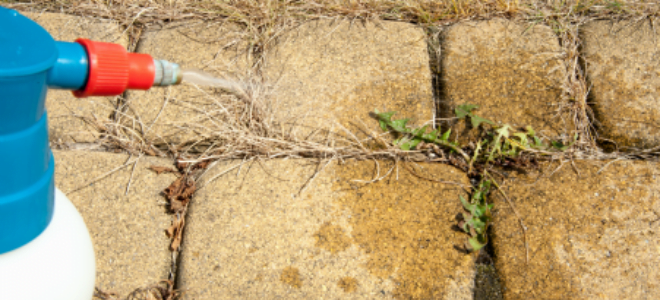All minerals, especially boric acid, are important. But the most important mineral is the one you are missing.
Boron, from boric acid, is a well-recognized trace mineral. Chemically it is neither metal nor is it a non-metal. Therefore it is a metalloid–just like silicon. Here is one scientists’ view on boron.
“The least understood of all the mineral nutrients is the role of boron in plant nutrition is still . What is known of boron requirements arises mainly from studies of what happens when boron is withheld or resupplied after deficiency. This poor knowledge is surprising because on a molar basis the requirement for boron in higher than that for any other micronutrient.”
Boron and the role it plays
What this really means is that the role of boron in plants is significant even in ways we don’t fully understand. What we do know about the role of boron proves that it is absolutely critical for healthy plants. It is involved in the transport of sugar within the plant and the synthesis and structure of cell walls. It would seem that the role boron plays is structural rather than being used as an enzymatic trigger.
One of the most important functions of boron in plants is the way boron assists calcium in building cell walls. Imagine building a shed with 4×2 studs. At the top there is another 4×2 where the wall studs are joined to the frame. Right at the intersection there is a need for a nail or screw to join them. In plants the studs would correspond to chains of pectic polysaccharide. Joining them together is the tag team effort of boron and calcium.
Boron and calcium work together to help build and structure the cell walls. When one or the other is deficient plants suffer. You can identify calcium deficiency by seeing bitter pit in apples and blossom end rot in tomatoes. When boron is deficient you see hollow heart in potatoes and brassicas (as pictured).
How much boron is needed?
There is a wide variable in how much boron should be present in plants. Some plants require only moderate amounts, others more, and some need quite a lot. Yet all plants need boron. Without boron cells die.
Boron plays a critical role in plant reproduction. Viable pollen must have an adequate supply of boron. If this is not supplied, the pollen is less viable. In corn the silks must have a bare minimum of 3 ppm of boron for pollen germination and fertilisation. In other plants such as almonds the pollen tube may not properly elongate. When deficient in boron, the pollen tubes are so short that bees cannot trigger fertilisation and yield is lost.
Lastly, in both corn and beans the concentration of boron in the root tips directly impacts the root’s ability to take up phosphorous from the soil. Since phosphorous is the key component in ATP, which runs the plants’ energy cycle, this is a big deal. When boron was adequately supplied the phosphorous uptake was more than double.
Sources of boron
In the marketplace you can find multiple forms of boron including:
- Boric Acid – 17.4% water soluble powder, by far the best value for money
- Solubor – Sodium borate – 20.5% – water soluble powder, expensive
- Borax – 11% – water soluble powder, low boron content
- Poly Borates – 10% – liquid, lower boron content
As a side note you need to be testing your soil for boron and keeping the level between 1.4-2.0 ppm. In soil any of the forms above are good. Plants pick up boron as boric acid B(OH)3. Therefore in foliar feeding this is the form to use. Don’t use Solubor or Borax or liquid 10% Boron. Instead use boric acid. Here is an important rule in foliar feeding regularly taught by International Ag Labs.
When to apply boric acid
“When foliar feeding plants you must present nutrients to the plant in the form they can use it.”
Another reason to use boric acid is that it mixes well with other low pH foliar sprays and it doesn’t contain any sodium.
Boric acid can be used anywhere from 55 grams to 7 kilos per acre. Rates of 110 grams to 2 kilos per acre are the normal ranges. If you need more than the top rate split the application.
- Ahead of flower development
- When boron is low on the tissue test
- Use at low doses just to cover your bases
- Use regularly on high boron requirement crops
Boric acid application tips
Here are a few sample applications.
Trace Mineral Spray for Grain Crops – Sprayed early season per acre
- 1 litre WayAhead 7X
- 1 kilo Dextrose
- 55 grams Boric Acid
Water as needed.
Start with the water in the spray tank and then dissolve in the dextrose and boric acid. Once dissolved add other liquid foliar sprays. Note: If this spray is for corn just prior to tasselling then increase boric acid to 110 grams.
For gardens just add ¼ teaspoon of boric acid per 4 litre’s of regular spray solution. Shake until the boric acid is fully dissolved and then apply. Repeat late season.
The double edged sword
Lastly a word of caution. With boron there is a fine line between deficient and toxic. Higher rates from 2-7 kilos per acre should only be sprayed on crops with a greater boron demand. You can identify this from a plant tissue analysis.
For more sample applications, please refer to this guide.
https://aglabs.com/wayahead-copper.html







